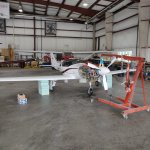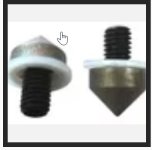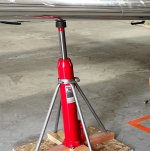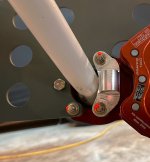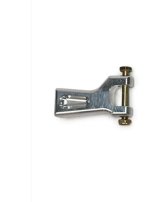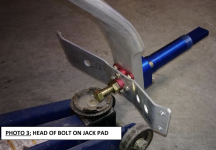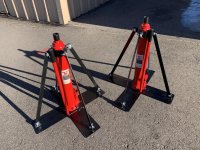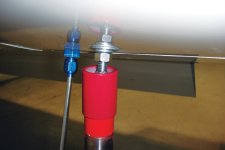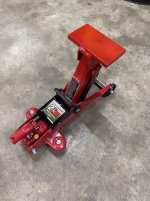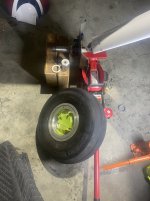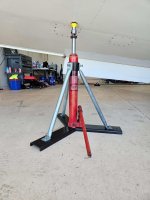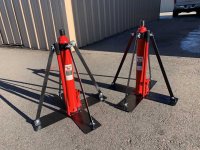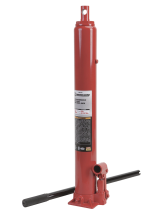jahoosafat
Active Member
I have an A&P do my condition inspection. Generally, she's quite good, but today my RV-10 fell off of the jack and the wing was punctured. We're starting a discussion with Vans engineering to determine the recommended repair, but I was interested in what the community thought the best route would be. The tank was not involved in this perforation. See the images here:
https://www.screencast.com/t/HJdSRzWeCLx
https://www.screencast.com/t/VHfgHnqPYzE
https://www.screencast.com/t/0TV1AO5dVG
Any feedback is appreciated!
https://www.screencast.com/t/HJdSRzWeCLx
https://www.screencast.com/t/VHfgHnqPYzE
https://www.screencast.com/t/0TV1AO5dVG
Any feedback is appreciated!



